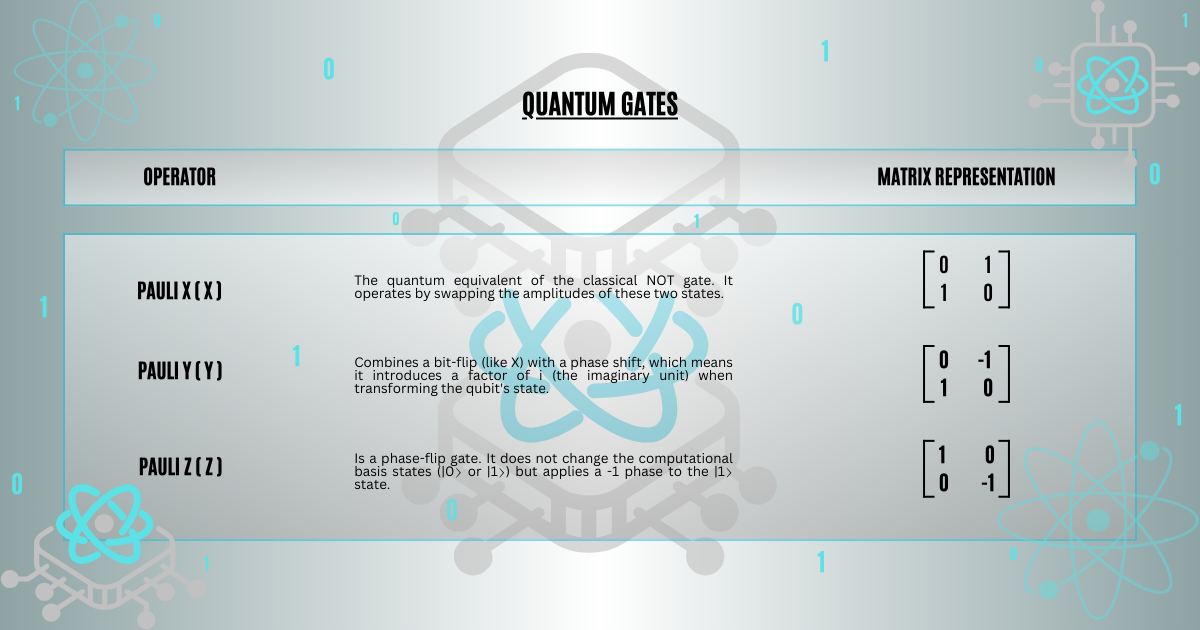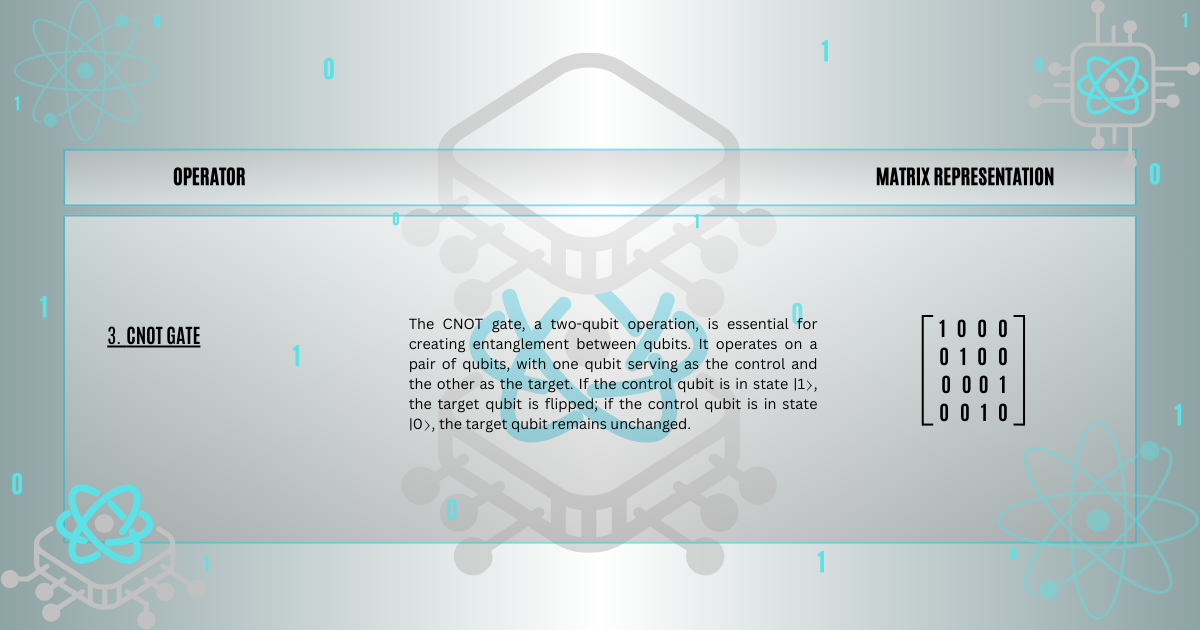
Quantum computing represents a paradigm shift in how we approach computation, tackling problems that classical computers find intractable. At the core of this revolution is quantum computing hardware, the essential foundation driving these advancements. This article explores quantum computing hardware from a professional SEO Specialist perspective, delving into its components, advancements, challenges, and the future landscape.
I. Introduction to Quantum Computing Hardware
Quantum computing hardware leverages core principles of quantum mechanics, such as superposition, entanglement, and quantum tunneling. Unlike classical computers that process information using bits (0s and 1s), quantum computers use qubits, which can exist in multiple states at once. This unique property enables quantum systems to solve complex problems with exponentially greater efficiency than traditional systems.
Key elements of quantum computing hardware include:
- Qubits: The building blocks of quantum computers.
- Quantum Gates: For manipulating qubits.
- Quantum Circuits: Combining gates to perform calculations.
- Cryogenic Systems: Maintaining ultra-low temperatures for stable qubit operation.
II. The Core Components of Quantum Hardware
A. Qubits
Qubits are central to quantum computing and come in various forms:
- Superconducting Qubits: Used by companies like IBM and Google, these rely on Josephson junctions for quantum state control.
- Trapped Ions: Leveraging electromagnetic fields to trap ions, used by IonQ and others.
- Photonic Qubits: Employing light particles for quantum information.
- Topological Qubits: Aimed at enhancing error resistance.
Each type offers distinct advantages and challenges related to coherence time, scalability, and error rates.

B. Quantum Gates
Quantum gates manipulate qubits to perform computations. They include operations like:
1. Pauli Gates (X, Y, Z): These are quantum equivalents of classical logic gates, such as the NOT gate, but with additional functionality unique to quantum mechanics.
The Pauli gates are some of the simplest quantum gates and are often used to manipulate the states of qubits. They each apply a different operation to a qubit’s state.
Pauli-X Gate (X):
o The Pauli-X gate, often called the quantum equivalent of the classical NOT gate, flips a qubit’s state between |0⟩ and |1⟩. It operates by swapping the amplitudes of these two states.
o Matrix Representation: X=(0110)X = \begin{pmatrix} 0 & 1 \\ 1 & 0 \end{pmatrix}X=(0110)
Pauli-Y Gate (Y):
o The Pauli-Y gate combines a bit-flip (like X) with a phase shift, which means it introduces a factor of i (the imaginary unit) when transforming the qubit’s state.
o Matrix Representation: Y=(0−ii0)Y = \begin{pmatrix} 0 & -i \\ i & 0 \end{pmatrix}Y=(0i−i0)
Pauli-Z Gate (Z):
o The Pauli-Z gate is a phase-flip gate. It does not change the computational basis states (|0⟩ or |1⟩) but applies a -1 phase to the |1⟩ state.
o Matrix Representation: Z=(100−1)Z = \begin{pmatrix} 1 & 0 \\ 0 & -1 \end{pmatrix}Z=(100−1)

2. Hadamard Gate (H): Creates superposition states.
The Hadamard gate is one of the most important quantum gates because it creates superposition. When applied to a qubit in a definite state, it transforms the qubit into an equal superposition of |0⟩ and |1⟩.
Effect on the states:
H|0⟩ = (|0⟩ + |1⟩) / √2
H|1⟩ = (|0⟩ – |1⟩) / √2
- The Hadamard gate is frequently used in quantum algorithms, particularly in Grover’s algorithm and Shor’s algorithm, where it prepares qubits for further operations.
- Matrix Representation:
H=12(111−1)H = \frac{1}{\sqrt{2}} \begin{pmatrix} 1 & 1 \\ 1 & -1 \end{pmatrix}H=21(111−1)

3. CNOT Gate: Facilitates entanglement between qubits.
The CNOT gate, a two-qubit operation, is essential for creating entanglement between qubits. It operates on a pair of qubits, with one qubit serving as the control and the other as the target. If the control qubit is in state |1⟩, the target qubit is flipped; if the control qubit is in state |0⟩, the target qubit remains unchanged.
- Effect on the states:
CNOT|00⟩ = |00⟩
CNOT|01⟩ = |01⟩
CNOT|10⟩ = |11⟩
CNOT|11⟩ = |10⟩
The CNOT gate is a critical part of many quantum algorithms, particularly those that involve quantum entanglement and quantum teleportation.
- Matrix Representation: CNOT=(1000010000010010)CNOT = \begin{pmatrix} 1 & 0 & 0 & 0 \\ 0 & 1 & 0 & 0 \\ 0 & 0 & 0 & 1 \\ 0 & 0 & 1 & 0 \end{pmatrix}CNOT=1000010000010010
Quantum gates require extreme precision to ensure accurate outcomes, demanding high-quality hardware and calibration.
C. Control Systems
Sophisticated control electronics are essential for:
- Driving qubit operations.
- Timing pulses accurately.
- Minimizing noise interference.
D. Cooling Systems
Quantum systems, especially superconducting qubits, require cryogenic environments, often close to absolute zero (-273.15°C), to maintain coherence.
III. Advancements in Quantum Hardware
The race to build efficient quantum hardware is intensifying, with breakthroughs including:
- Increased Qubit Counts
Companies are rapidly scaling the number of qubits. For example:
- IBM’s Eagle processor boasts 127 qubits.
- Google’s Sycamore achieved quantum supremacy with 53 qubits.
- Error Correction
Quantum error correction addresses decoherence and noise, ensuring reliable calculations. Topological qubits and surface codes are notable methods.
- Integration of Quantum and Classical Systems
Hybrid computing solutions merge quantum processors with classical supercomputers for optimal performance.
- Room-Temperature Qubits
Efforts like nitrogen-vacancy centers in diamonds aim to bypass the need for cryogenic cooling.
IV. Major Players in Quantum Hardware
Leading tech giants and startups are driving hardware development:
V. Applications of Quantum Computing Hardware
Quantum computing hardware holds the potential to revolutionize various fields by leveraging the unique principles of quantum mechanics, such as superposition, entanglement, and interference. While quantum computers are still in the early stages of development, the applications of quantum computing hardware are vast, spanning industries such as cryptography, drug discovery, materials science, optimization, machine learning, and artificial intelligence. Below, we explore some of the most promising and impactful applications of quantum computing hardware.
1. Cryptography and Cybersecurity
One of the most well-known applications of quantum computing hardware is in the field of cryptography. Classical encryption methods, such as RSA (Rivest-Shamir-Adleman) and ECC (Elliptic Curve Cryptography), rely on the difficulty of solving certain mathematical problems like factoring large numbers or solving discrete logarithms. These encryption schemes are secure because they are computationally infeasible to break using classical computers.
However, Shor’s algorithm, a quantum algorithm for integer factorization, has the potential to break these encryption schemes. Quantum computers could, in theory, factor large numbers exponentially faster than classical computers, rendering traditional encryption methods vulnerable. This has led to the exploration of quantum-resistant cryptography—algorithms that can withstand quantum attacks—such as lattice-based encryption or quantum key distribution (QKD).
- Quantum Key Distribution (QKD):
QKD uses quantum mechanics to enable secure communication by detecting eavesdropping. The most famous QKD protocol is BB84, which exploits the principles of quantum superposition and measurement. Quantum computing hardware is central to implementing these protocols, which offer virtually unbreakable encryption. - Quantum Random Number Generation (QRNG):
QRNG uses quantum phenomena to generate truly random numbers, which are essential for secure encryption keys in cryptographic systems. Unlike classical pseudo-random number generators, QRNG provides randomness based on fundamental quantum processes, making it impossible to predict or replicate.
2. Drug Discovery and Healthcare
Quantum computing hardware has the potential to dramatically speed up the process of drug discovery and revolutionize healthcare. The molecular and chemical interactions in drug design are computationally intensive, requiring vast amounts of processing power to model interactions between atoms and molecules. Classical computers struggle to simulate complex molecules because the computations grow exponentially with the number of particles involved.
Quantum computers, however, are well-suited for this task. They can simulate quantum systems more efficiently than classical computers due to their inherent ability to handle superposition and entanglement. The key applications of quantum computing in drug discovery include:
- Molecular Simulation:
Quantum computers can simulate the behavior of molecules at the quantum level, helping researchers understand how drugs interact with proteins and other molecules. This could lead to faster identification of potential drug candidates and more effective treatments. - Protein Folding:
Protein folding is a critical problem in biology, as understanding the three-dimensional shape of proteins is essential for drug design. Quantum algorithms can potentially accelerate protein folding simulations, opening new avenues for understanding diseases like Alzheimer’s and cancer. - Optimization of Drug Properties:
Quantum computing can assist in optimizing the chemical properties of compounds to improve their efficacy, reduce side effects, and enhance absorption, making the drug development process more efficient.
3. Materials Science and Quantum Chemistry
Quantum computing hardware has the ability to revolutionize materials science and quantum chemistry by enabling the simulation of complex materials and molecules that are otherwise too difficult to model on classical computers.
- Material Design:
Designing new materials for energy storage, semiconductors, superconductors, and photovoltaics requires an understanding of how atoms and electrons behave within the material. Quantum computers can simulate these behaviors at a fundamental level, potentially leading to the discovery of new materials with specific properties for a wide range of applications, such as better batteries, stronger alloys, or more efficient solar cells. - Quantum Chemistry:
Quantum computing can offer solutions to problems in quantum chemistry, such as simulating the behavior of molecules and predicting the interactions between them. For example, quantum computers could aid in understanding high-temperature superconductivity, which is a challenge for classical computers. - Catalysis:
Understanding the mechanisms behind chemical reactions and catalysis is critical for various industries, including energy production and environmental protection. Quantum computing can provide insights into catalysis processes, leading to more efficient catalysts for industrial processes, such as carbon capture and conversion.
4. Optimization Problems
Quantum computing hardware has the potential to provide exponential speed-ups in solving optimization problems, which are ubiquitous in industries ranging from logistics to finance. Optimization problems involve finding the best solution from a set of possible solutions, such as minimizing costs or maximizing efficiency. Classical computers often require significant time and resources to solve large-scale optimization problems, especially when the problem’s complexity increases.
Quantum computers can leverage quantum algorithms like Grover’s algorithm for unstructured search and quantum approximate optimization algorithms (QAOA) for optimization tasks. Applications include:
- Logistics and Supply Chain Optimization:
Quantum computers can help optimize delivery routes, inventory management, and resource allocation, improving efficiency in global supply chains. By exploring many possible routes and combinations in parallel, quantum computers can find optimal or near-optimal solutions much faster than classical systems.
- Financial Portfolio Optimization:
Quantum computing can be used to optimize investment portfolios by modeling complex financial markets and risk factors. Quantum algorithms can process large datasets more efficiently, supporting improved investment strategies and more effective risk management.
- Traffic Flow Optimization:
Quantum computing could help optimize traffic flow in smart cities, improving the efficiency of public transportation systems and reducing congestion. Quantum algorithms could process large-scale traffic data to suggest optimal traffic light timings, route planning, and infrastructure management.
5. Machine Learning and Artificial Intelligence
Machine learning (ML) and artificial intelligence (AI) are among the most promising areas for quantum computing hardware applications. Quantum computing has the potential to speed up training and improve the efficiency of machine learning models, enabling advancements in AI that are currently limited by classical computing power.
- Quantum Machine Learning (QML):
Quantum machine learning leverages quantum algorithms to accelerate tasks such as pattern recognition, classification, and clustering. Quantum computers can process and analyze large datasets in parallel, offering a significant speed advantage over classical machine learning models. Quantum-enhanced algorithms could lead to more accurate and efficient models in areas such as image recognition, natural language processing, and fraud detection.
- Quantum Neural Networks (QNNs):
Quantum neural networks are the quantum counterparts of classical neural networks, optimized to leverage quantum parallelism and entanglement. These networks could lead to faster training and more accurate predictions in various AI applications, such as speech recognition and autonomous driving.
- Quantum Data Processing:
Quantum computers can handle large, high-dimensional datasets more efficiently than classical systems. This is particularly useful in applications such as genomics, financial forecasting, and climate modeling, where the volume of data can overwhelm classical machines.
6. Climate Modeling and Environmental Sustainability
Quantum computing hardware has the potential to address some of the most pressing issues related to climate change and environmental sustainability. Climate modeling, which involves simulating complex interactions between the atmosphere, oceans, and ecosystems, is a computationally intensive task that requires significant resources on classical supercomputers.
Quantum computing can help accelerate climate simulations by handling the large-scale data and complex models needed for accurate predictions. Potential applications include:
- Climate Change Prediction:
Quantum computers could model climate systems more accurately, helping scientists predict future climate changes with greater precision. These models could inform policy decisions and environmental conservation efforts.
- Energy Optimization:
Quantum computing can assist in optimizing energy grids, improving the efficiency of renewable energy systems, and developing better energy storage solutions. Quantum-enhanced optimization algorithms could help reduce waste and improve the sustainability of energy systems worldwide.
VI. Challenges in Quantum Computing Hardware
Despite advancements, significant hurdles remain:
- Scalability: Developing large-scale quantum computers capable of handling millions of qubits.
- Error Rates: Ensuring consistent operation over long durations.
- Cost: Quantum systems are prohibitively expensive.
- Environmental Sensitivity: Quantum systems are highly susceptible to noise and require isolated environments.
VII. The Future of Quantum Computing Hardware
The roadmap for quantum hardware involves:
- Achieving fault-tolerant quantum computing.
- Developing modular quantum systems for scalability.
- Integrating quantum technologies into mainstream computing.
VIII. SEO Optimization for Quantum Computing Hardware Content
From an SEO Specialist perspective, content about quantum hardware must:
- Target Niche Keywords: Use terms like “quantum processors,” “superconducting qubits,” and “quantum error correction.”
- Optimize for Intent: Cater to queries about “how quantum hardware works” or “latest quantum computing advancements.”
- Utilize multimedia elements such as infographics, videos, and diagrams to simplify and illustrate complex concepts effectively.
- Stay Updated: Regularly update content to reflect the rapidly evolving field.
Conclusion
Quantum computing hardware represents a cornerstone of the next technological revolution. While challenges persist, advancements in qubit design, error correction, and system integration are bringing us closer to a quantum future. As professionals in the SEO landscape, understanding and effectively communicating these developments will position your content at the forefront of digital trends.




